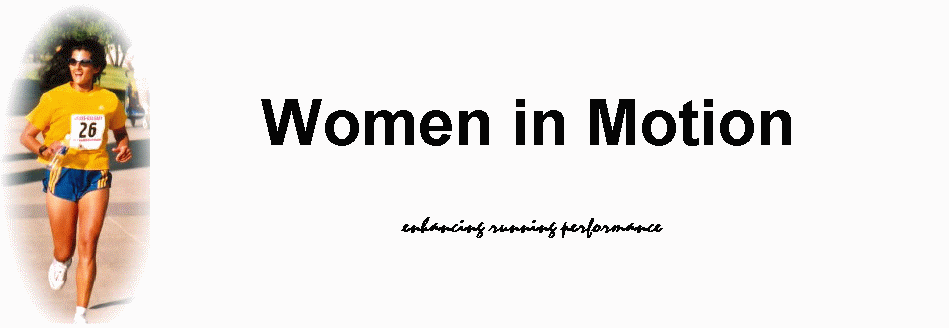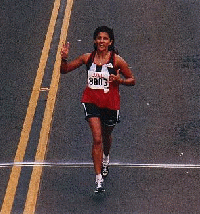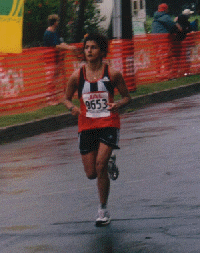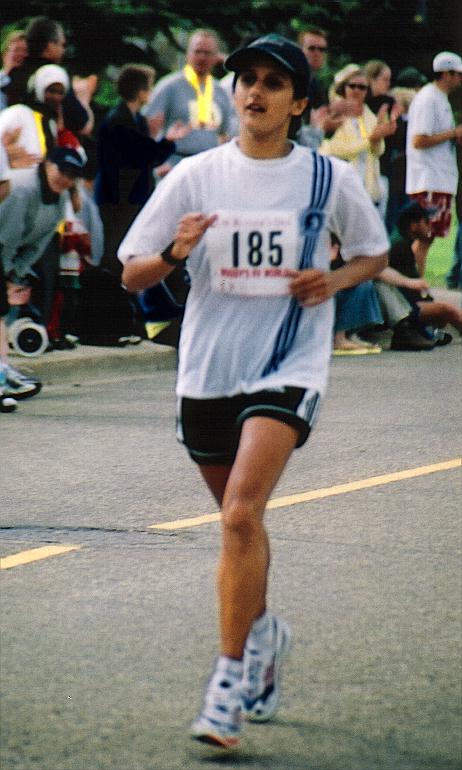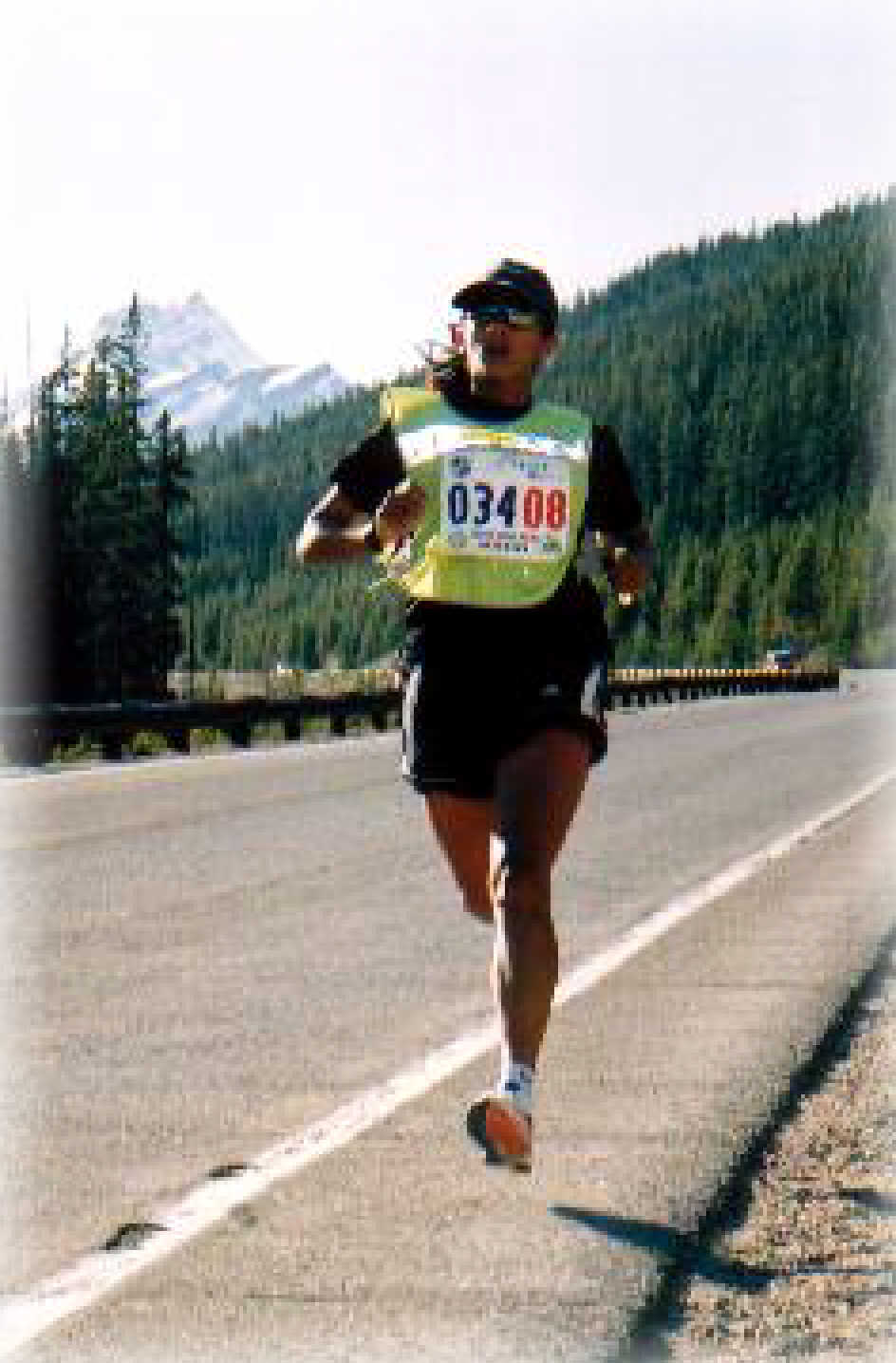Paying attention to and knowing about the biomechanics
involved in running can greatly aid a runner in becoming
more efficient.
1. Body Posture
The head, shoulders and hips must all be lined up over
the feet to allow you to move forward as a unit with
as little effort as possible.
Remember, always keep your body perpendicular to
the ground.
2. The Body:
Run upright. Your back should be straight, roughly at
a 90-degree angle to the ground. Ignore instructions to
"lean into it," even when running uphill.
3. Head Position:
Look straight ahead. Your eyes should be focused
straight down the road on a point moving about 10
metres in front of you. Run in a straight line.
4. Arms:
Swing your arms naturally. The angle between your
upper and lower arms should be about 90 degrees. Your
hands should be loosely cupped, about belly level.
Let your arms swing in rhythm with your legs. The legs
dicate armswing.
5. Maximizing Lung Efficiency:
To prevent your chest from moving into a slouch
position, before starting your run, relax and take a
deep breath. This allows the lungs to move into an
efficient position. After exhaling, try to maintain
your chest in this alignment.
6. Hips Forward:
In order to maintain a beneficial alignment, take a
deep breath. This will allow the hips to pull forward
allowing for easier running.
7. Push Off:
Good running posture will allow your feet to run almost
automatically, with a quick, gentle push. The push
off should always be forward and not upwards.
8. The Landing:
The most natural landing is mid-foot, the ball of the
foot landing first, the heel contacting the ground a
fraction of a second later. The toes push off a
fraction after that. Some runners land further forward,
or backward, than others, based on what feels natural
to them. Attempt to modify this natural gait at your
own risk.
9. Ankle As A Spring:
Good running posture will allow your ankle to be placed in a very powerful and efficient position. If you allow the foot to move into a relaxed and coiled position, a minimum of muscle power from the ankle will spring you forward.
10. Leg Strength (hills):
To support your weight further on the foot, you must
strengthen the calf muscles. Hill training will
provide strength to the calf muscles. This will aid
the ankle in being positioned for maximum forward
spring.
11. Cadence:
As runners get faster, leg turnover rate increases and
stride length decreases. Shortening one's stride and
speeding up the turnover is called cadence. This
prevents hamstring muscles from tightening up.
12. Smoothness:
A smooth stride will reduce effort and therefore
increase efficiency. Increasing the frequency of
your stride and keeping the feet lower to the ground
will allow your muscles to stay relaxed.
After you have been running for a while, your
running form will begin to improve somewhat as you
condition your body. A good trainer may be able to
suggest some form improvements, but most runners adapt
the form best suited for them without any additional
help.
Women in Motion 2007.
Source: Jeff Galloway's Form Tips.
